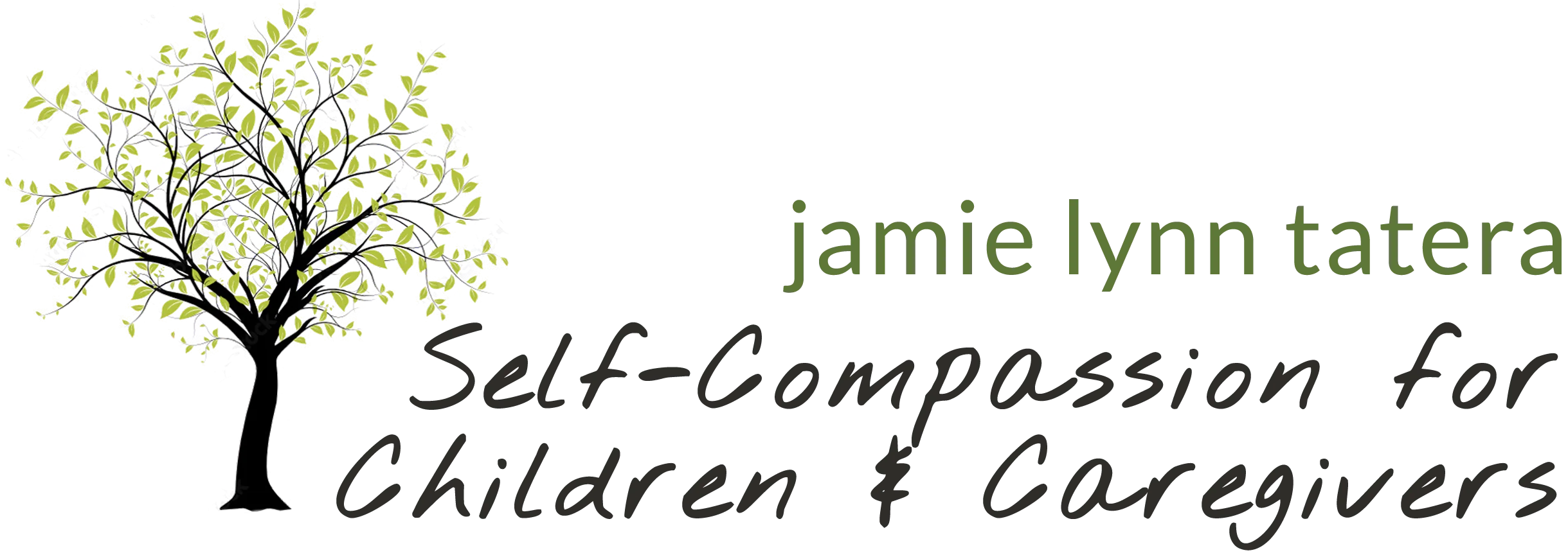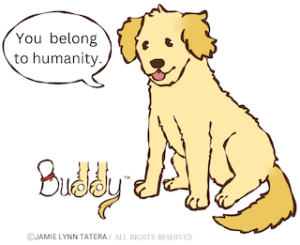Hello Friends,
It feels good to connect with you. I’ve been teaching a lot and also slowly recovering from a case of bronchitis followed by Covid. One of my continual growth opportunities is how to balance rest with all I wish to do in the world.
And I know I’m not alone in that challenge. Ironically, knowing that I’m not alone with my struggles can be sooo helpful.
I’d like to share with you a story about a class I taught a while back. It was an eight-week parent-child resilience course, and throughout the eight weeks of the course, I taught so many resilience resources for parents and kids, including mindfulness, self-compassion, dealing with difficult thoughts and growing the good.
In the weeds
The week preceding my seventh week of teaching, I found myself in a particularly difficult mind state. I used all of my resilience tools to try to get myself mentally unstuck, but the troubled state of my mind did not budge. I was “in the weeds” when it came to helping myself feel better. So I surrendered, and instead of trying to help myself feel better, I just considered what sort of activities would be helpful to do while I waited for the crazies to pass on their own. When I taught my parent-child class the following week, I shared my “in the weeds” story with my students.
Then on the final week of class, I asked students which resilience habits or ideas had been most helpful from our eight weeks together. I expected them to share that a mindfulness habit or self-compassion habit had made the difference, and I was shocked when a number of parents said, “It was really helpful when you shared last week that you were ‘in the weeds’ and couldn’t get out. It’s so helpful to know that you (our teacher) sometimes get caught in difficult mind states just like me.”
The most helpful thing
What!?! I thought to myself. I teach an 8-week class full of resilience tools, and the most helpful thing that I offered was that I struggle just like my students?!
Yep. That was the most helpful thing.
With kids, I call it the, “Buddy habit.” The Buddy habit reminds us that we belong to humanity—that we have strengths, struggles, joys, and difficult emotions just like others do. And we can allow it all to be “okay,” because we belong to humanity.
As caregivers, we might feel the need to model being strong, but ironically, one of the primary building blocks for resilience is understanding that we belong even when we struggle. Everyone struggles sometimes.
It’s not always the same quantity of struggle, but having difficult emotions, thoughts, and experiences is universal.
How can we help kids and ourselves experience the sense of belonging that comes from knowing that we’re not alone when things go wrong?
- Share your struggles. Learn to be with your struggles compassionately so that you can model for children how they can be with their own.
- Help kids (and yourself) learn the resilience habits. The resilience habit animals are featured in my upcoming parent-child self-compassion class as well as the Quest for Self-Compassion workbook.
- Be a part of communities (like ours) that help to foster a sense of belonging. And expose kids to resources that help them to see their experiences reflected in others.
We’re in it together (podcast and song preview!)
Next week, I’ll be releasing my first podcast episode, and I’ll be sharing a phenomenal children’s book that normalizes struggle in a playful way. I’ll share more about that resource next week.
The name of my podcast is, “We’re in it together,” and my family made a “We’re in it Together” song that I’ll share at the end of each podcast episode. Here’s a sneak preview of the chorus:
Stay tuned for the whole song next week! And friends, we really are in it together. I know it in my heart.
Love,
Jamie Lynn
P.S. If you’d like to learn more about self-compassion for kids (how to help kids learn it or how to teach it), you can join me for a free info session on Wednesday, May 15th. Together we can help kids thrive.

